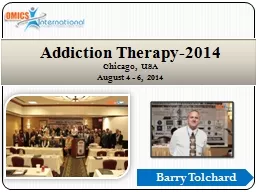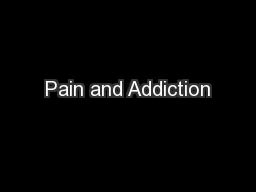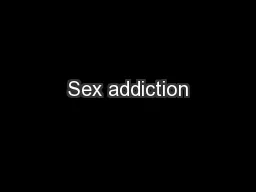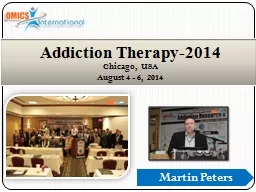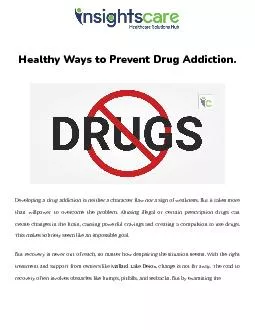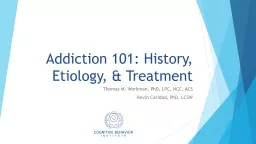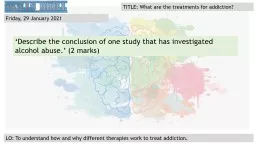PPT-Barry Tolchard Addiction Therapy-2014
Author : alexa-scheidler | Published Date : 2018-11-08
Chicago USA August 4 6 2014 Attitudes towards Gambling in Ghanaian Adolescents Dr Barry Tolchard University of New England amp University of Essex Franklin Glozah
Presentation Embed Code
Download Presentation
Download Presentation The PPT/PDF document "Barry Tolchard Addiction Therapy-2014" is the property of its rightful owner. Permission is granted to download and print the materials on this website for personal, non-commercial use only, and to display it on your personal computer provided you do not modify the materials and that you retain all copyright notices contained in the materials. By downloading content from our website, you accept the terms of this agreement.
Barry Tolchard Addiction Therapy-2014: Transcript
Download Rules Of Document
"Barry Tolchard Addiction Therapy-2014"The content belongs to its owner. You may download and print it for personal use, without modification, and keep all copyright notices. By downloading, you agree to these terms.
Related Documents

